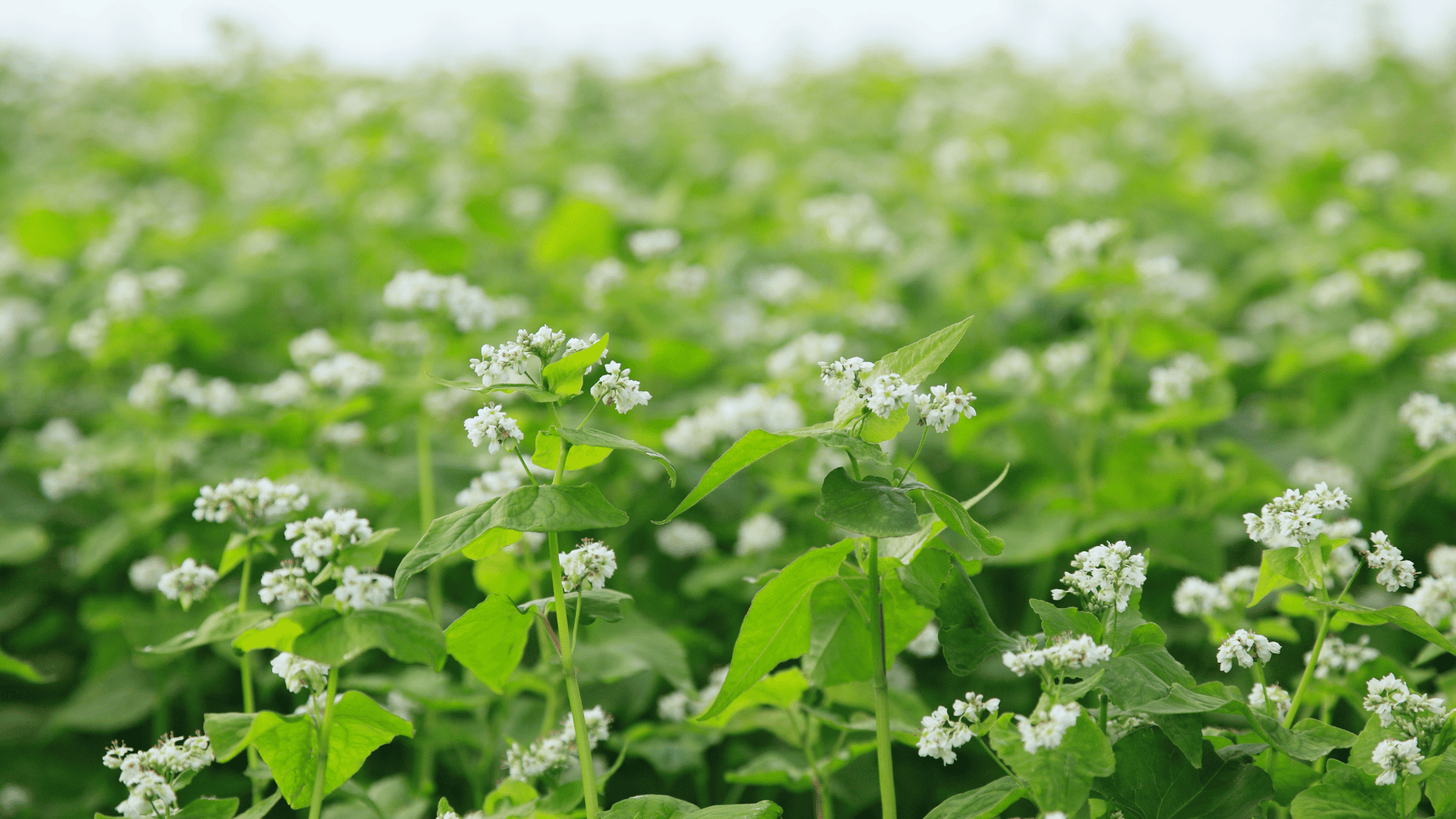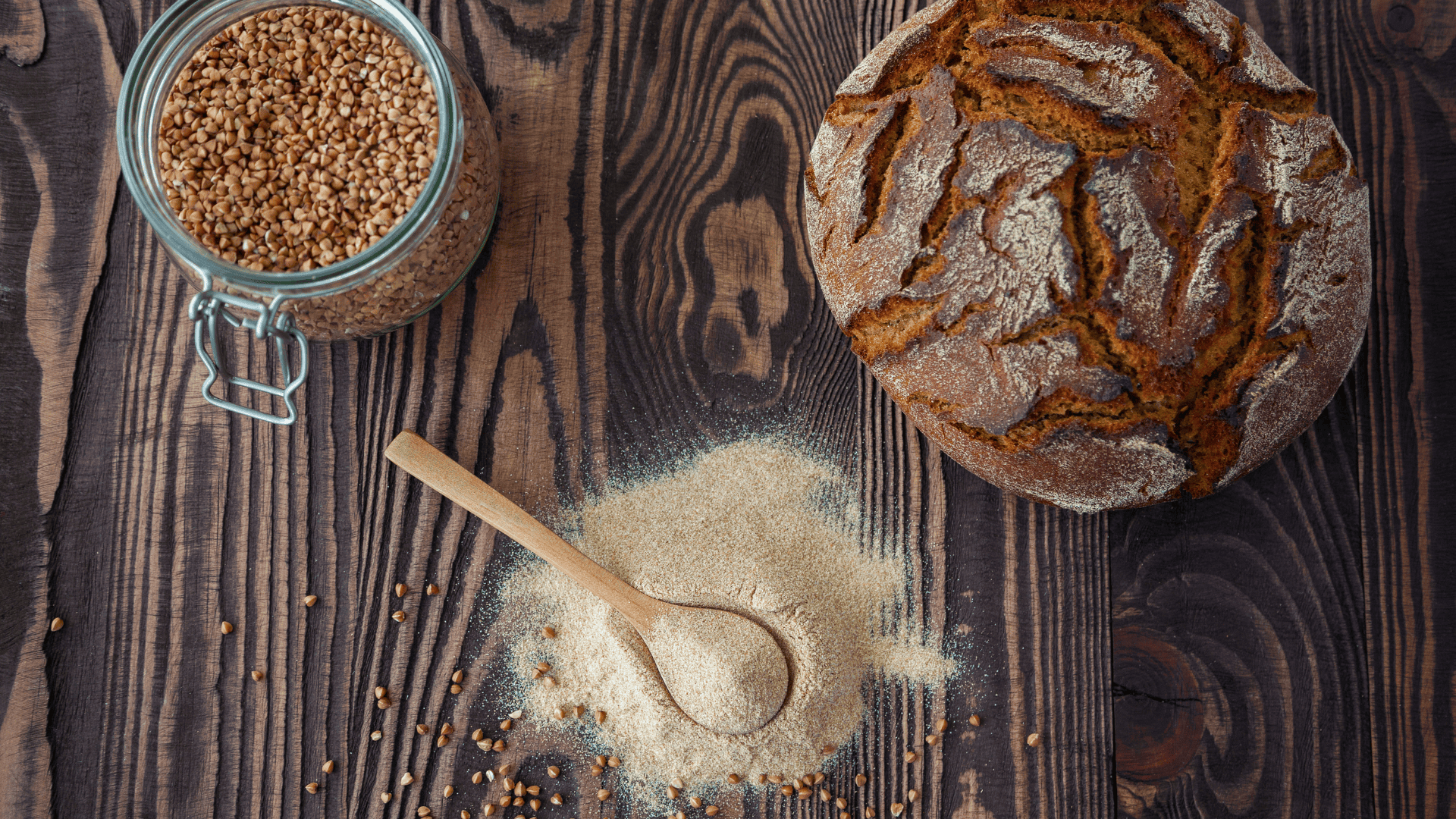https://www.lifegate.it/grano-saraceno
- |
- Buckwheat is a pseudocereal belonging to the Polygonaceae family.
- Naturally gluten-free, it also boasts an excellent nutritional profile.
- Its beneficial properties are multiple, currently supported by scientific evidence.
The buckwheat falls within the group of pseudocereals, presenting characteristics similar to cereals proper (such as wheat and rice).It is a component of Polygonaceae, whose origin is mostly found in the mountainous regions of Russia and China.

By virtue of its bioactive components, buckwheat has various beneficial properties for human health, boasting some use in the formulation of functional foods.Importantly, it is a carbohydrate source gluten-free, adequate for feeding the subjects celiacs or non-celiac gluten sensitive.
By its nature, this food is mostly composed of complex carbohydrates, providing approximately 61.2 g (per 100 g of food).The protein part, which boasts a good amino acid profile, amounts to 12.4 g, while the fat component corresponds to 3.3 g, being mainly composed of polyunsaturated and monounsaturated fatty acids.The standard quantity considered, equal to 100 g of edible part, has an energy intake of 329 kcal.
Buckwheat is a plant food, so it is cholesterol-free.On the contrary, it is excellent source of fiber (10 g), especially insoluble (8.35 g).Among its micronutritional components the potassium (450 mg), the soccer (110 mg), the phosphorus (330 mg) and the iron (4 mg), while the sodium content is negligible.The contribution of folates, equal to 24 µg, and other B vitamins, such as thiamine (0.6 mg) and niacin (4.4 mg) is interesting.

The beneficial properties of buckwheat
The therapeutic potential of buckwheat has been known since ancient times, when folk remedies of botanical origin constituted a relevant treatment tool.This pseudocereal, as happens with other remedies, has also been the subject of various studies, obtaining scientific "approval" for various properties.
-
Antioxidant and anti-inflammatory
Rich in polyphenolic components and, in particular, the flavonoid rutin, it is an antioxidant food, and therefore useful for combating oxidative stress.Acting as “scavengers” against free radicals, i flavonoids contained in the food are functional in the prevention of tumor, cardiovascular and degenerative diseases.Buckwheat extract, among other things, has shown effects on inflammatory mediators, lowering their levels. -
Antiallergic potential
In vivo investigations, carried out on buckwheat extract, have highlighted interesting activities anti-allergic, probably based on the inhibition of histamine release.Although it is necessary to delve deeper into this aspect, this property is related, in part, to the antioxidant activity of the polyphenolic components. -
Cancer prevention
Antioxidant effects and more.Second in vitro investigations, some bioactive components of buckwheat (e.g.:isoquercetin) prevent tumor cells from multiplying, even inducing their death.Some micronutrients, such as selenium, zinc and cadmium, act on an immune level, strengthening the body's natural defenses. -
Antidiabetic activity
Consume buckwheat helps prevent diabetes and its complications, reducing the blood sugar fasting and impacting the levels of the hormone insulin.The rutin contained in the pseudocereal, among other things, reduces the intestinal absorption of glucose sugar, inhibiting the activity of some enzymes.Dietary fibres, polyphenols and other non-starchy components lower the glycemic index of products based on this ingredient, making them functional in controlling blood sugar levels. -
Cardioprotective potential
The bioactive components of buckwheat improve the integrity of blood vessels and modulate blood lipid levels, preventing their dangerous accumulation.In addition, they combat oxidative stress, which plays an important role in the development of atherosclerosis.
In vitro and in vivo studies, support, for buckwheat, an interesting hypotensive property, potentially useful in the dietary control ofhypertension.

How much buckwheat to consume
A standard portion of buckwheat (raw) is approximately 80 g.The food in question is preferably consumed in alternation with other cereals and pseudocereals, as part of a varied diet.In any case, quantities may vary depending on the subject.
Contraindications
Generally speaking, buckwheat is a safe food.In some cases, however, it is preferable to avoid or moderate its intake.Due to the supply of insoluble fibre, in particular, it is not suitable for the acute phases of inflammatory intestinal pathologies.At the same time as anticoagulant therapies, and due to the controlled intake of vitamin K, it is preferable to seek medical advice.Intuitively, buckwheat is contraindicated in case of allergy to its components.
Uses in the kitchen
Buckwheat can represent the prominent ingredient of many first courses, lending itself to the preparation of winter soups And summer salads.Overall, it is effectively combined with other carbohydrate sources, such as cereals and pseudocereals, but also with vegetables and legumes.Also interesting flours of buckwheat, for gluten-free baked preparations.Boasting a rather neutral flavour, with a delicate hazelnut aftertaste, this ingredient can therefore be said to be versatile, undoubtedly an ally of creativity in the kitchen.
FAQs
- What are the benefits?Among the properties of buckwheat, the antioxidant, anti-inflammatory, anti-diabetic and cardioprotective properties stand out.Importantly, it is a carbohydrate food that is naturally gluten-free, and therefore suitable for celiac disease and non-celiac gluten sensitivity.
- What are the contraindications? Buckwheat is contraindicated in case of allergy to its components, as well as during the acute phases of chronic intestinal diseases.As part of anticoagulant therapies, which require a controlled intake of vitamin K, it is one of the foods to be consumed in moderation.
- How many times a week can you eat? By virtue of its nutritional characteristics, buckwheat can be included in the weekly diet one or more times, alternating with other carbohydrate sources.
- Can those with irritable bowel syndrome eat buckwheat?Buckwheat is classified among the foods low in Fodmaps, making it theoretically suitable in case of irritable colon.In any case, the tolerability of foods is affected by a certain subjectivity, requiring qualitative and quantitative tests.
- How much buckwheat can you eat?A standard portion corresponds to approximately 80 g, raw.This quantity can be included several times in the weekly diet, alternating with the various sources of complex carbohydrates.In any case, quantities may vary depending on the subject.
- What is the difference between normal wheat and buckwheat?In summary, "normal" grain (wheat) and buckwheat belong to two different botanical families:the first is part of the Graminaceae and is a cereal, while the second derives from the Polygonaceae and is classified as a pseudocereal.Among the most significant differences is the absence, for buckwheat, of gluten, which is instead present in wheat.





